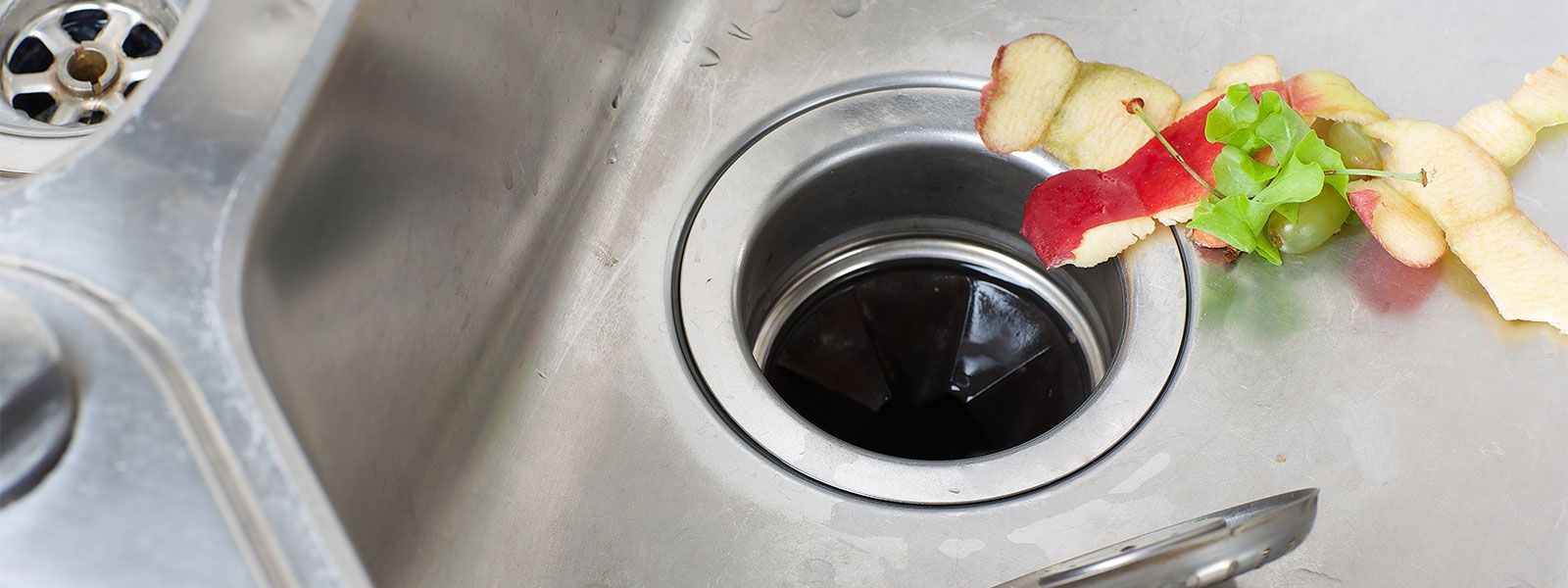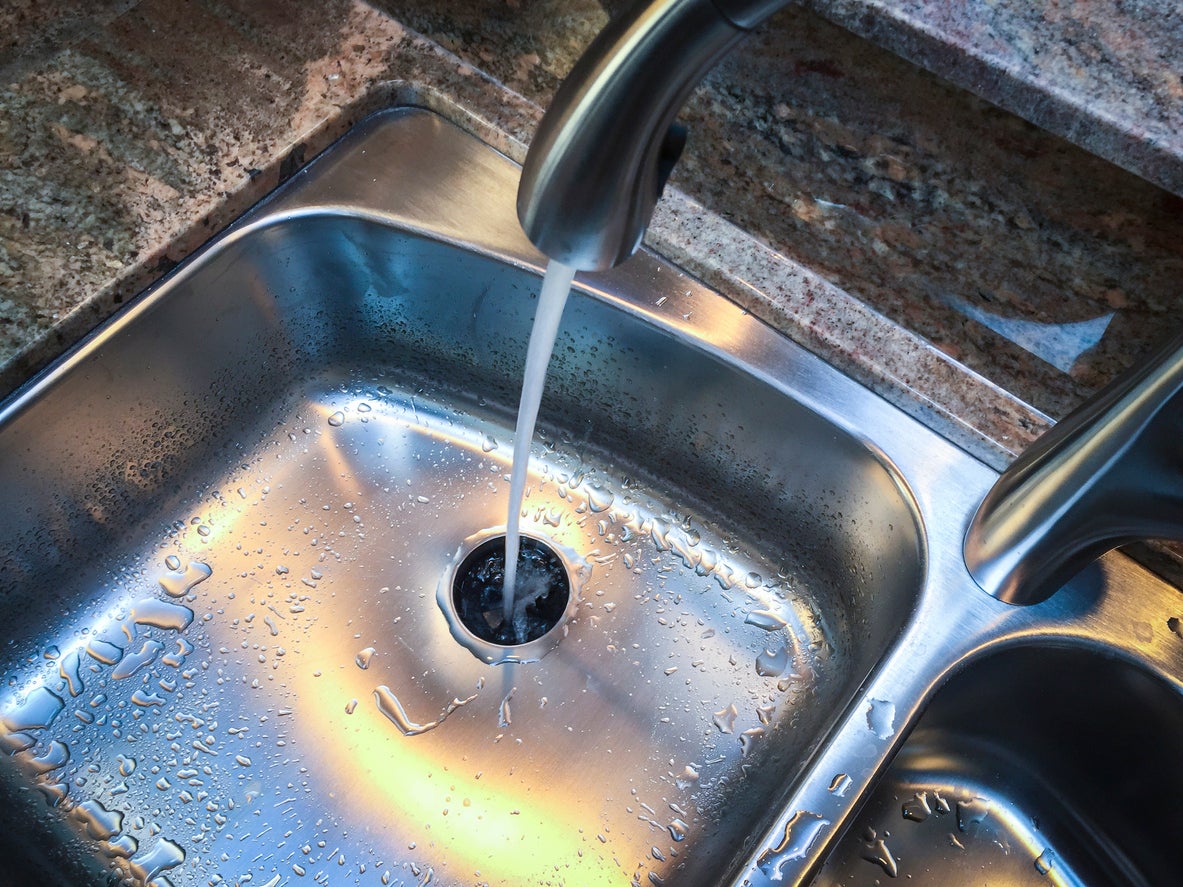Recommended Methods for Resolving a Leak in Your Garbage Disposal
Recommended Methods for Resolving a Leak in Your Garbage Disposal
Blog Article
We have stumbled upon this article about Garbage Disposal Leaking From Bottom listed below on the internet and accepted it made good sense to talk about it with you on this site.

Garbage disposals are important kitchen area home appliances that aid in taking care of food waste successfully. However, a leaking waste disposal unit can be an irritating and unpleasant trouble to handle. Luckily, numerous leakages can be taken care of quickly with a couple of straightforward actions. In this write-up, we will certainly review exactly how to fix a dripping waste disposal unit effectively.
Introduction
Waste disposal unit are mounted under kitchen sinks and are developed to shred food waste into smaller sized pieces, permitting it to go through the plumbing system quickly. While these tools are usually reliable, leakages can take place gradually because of wear and tear, loose links, or damages to the device.
Step-by-Step Guide to Dealing With a Leaking Garbage Disposal
Shut off the Power
Prior to trying any fixings, make sure that the power to the waste disposal unit system is turned off to avoid the threat of electrical shock.
Locate the Leakage
Identify the precise place of the leakage and establish the reason
Tighten Connections
Use a wrench to tighten any type of loose connections in between the disposal unit and the plumbing system.
Change Seals or Gaskets
If the leakage is because of worn seals or gaskets, eliminate the old elements and change them with new ones.
Patching Cracks or Holes
For splits or openings in the disposal unit, use epoxy or an appropriate patching product to seal the damaged location.
Identifying the Resource of the Leakage
Before trying to fix a dripping garbage disposal, it is essential to recognize the resource of the leakage. This can normally be done with visual examination or by carrying out straightforward examinations.
Visual Inspection
Check the garbage disposal unit very carefully for any kind of indications of water leak. Pay close attention to locations around seals, gaskets, and link points.
Evaluating for Leaks
One way to examine for leaks is by running water through the disposal system and checking for any noticeable signs of leak.
Common Reasons For Leakages in Garbage Disposals
Worn Seals and Gaskets
Seals and gaskets play an essential role in stopping water from leaking out of the waste disposal unit. In time, these parts can weaken, leading to leakages around the disposal unit.
Loose Links
The connections in between the garbage disposal and the plumbing system can come to be loose gradually, creating water to leak out throughout procedure.
Cracks or Holes in the Disposal Device
Physical damages to the waste disposal unit, such as fractures or openings in the housing, can additionally result in leaks.
Devices and Materials Needed for Taking Care Of a Leaking Garbage Disposal
Before starting the repair process, gather the needed devices and products, consisting of a screwdriver, flexible wrench, plumbing's putty, replacement seals or gaskets, and epoxy or patching product for fixing splits or openings.
Examining the Waste Disposal Unit After Fixing
As soon as the fixing is full, examine the garbage disposal by running water through it to make certain that the leak has actually been resolved.
Preventive Upkeep Tips to Avoid Future Leaks
To avoid future leakages, it is essential to carry out routine upkeep on your waste disposal unit. This includes maintaining it clean, preventing putting non-food products or hard items down the disposal, and regularly looking for leaks or other issues.
Final thought
In conclusion, taking care of a leaking garbage disposal is a reasonably simple procedure that can be completed with fundamental devices and materials. By complying with the steps detailed in this article and practicing preventative upkeep, you can keep your waste disposal unit in good working problem and stay clear of costly repair work in the future.
HERE’S HOW TO FIX YOUR GARBAGE DISPOSAL
WHAT TO DO IF SOMETHING IS STUCK IN YOUR GARBAGE DISPOSAL
If the impeller won’t turn, there’s probably something stuck in the disposal. It could be a steak bone or peach pit, although plumbers report pulling all sorts of inappropriate objects out of disposals, such as bottle caps or aluminum foil. Make sure power to the disposal is off, and look inside to see if you can see the source of the jam.
Never stick your fingers in a disposal. Pull out anything you see with tongs or pliers.
If the disposal still won’t work, it may be time to call a plumber or consider buying a new disposal. GEM Plumbing & Heating is here for all of your garbage disposal needs.
WHAT TO DO IF YOUR GARBAGE DISPOSAL DRAIN IS CLOGGED
Take everything out from underneath your sink and put a bucket or other container under your disposal to catch any water that drains out. Disconnect your disposal from the power supply. If it’s plugged into a wall outlet, unplug it. If it’s hardwired into an electrical box, go to the electrical panel and turn off the breaker for the disposal. Pour ¼ cup of baking soda into the drain, followed by ½ cup of white vinegar. Give the solution a few minutes to fizz and do its work. Look into the disposal with a flashlight to see if you can see an object that might be causing the clog. If you see it, remove it using tongs or pliers. MORE TIPS ON DEALING WITH A CLOGGED GARBAGE DISPOSAL
Never use drain cleaner in a garbage disposal. It can damage the plastic parts inside the disposal. You can also be splashed with the caustic liquid while working to clear the clog. Beware! Never stick your fingers into a garbage disposal. Trust us — not a good idea. In many instances, your dishwasher drains through your garbage disposal. This allows the disposal to grind any large food particles that may be drained out of your dishwasher. There are some jurisdictions, however, where the plumbing code prohibits such a connection. WHAT TO DO WHEN YOUR DISHWASHER DRAINS THROUGH THE DISPOSAL
Run some water in the sink so your plunger has at least a ½-inch of water to create a seal and plunge vigorously up and down several times. You may need to repeat this several times. Run hot water down the drain to clear any residue that remains.

As a keen person who reads about Why Is , I was thinking sharing that piece of content was a good thing. For those who liked our article please be sure to share it. We recognize the value of reading our article about The Handy Guide To Fixing Your Garbage Disposal Leaking.
Explore Now Report this page